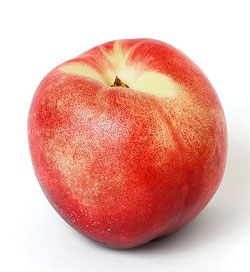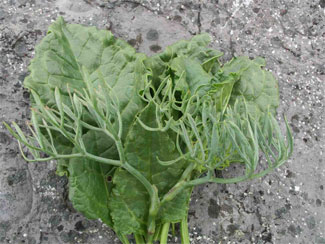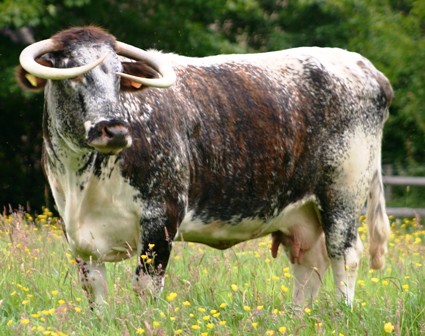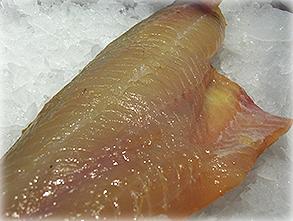
Apples have been grown in Ireland for at least 3000 years. Indeed, St. Patrick is said to have planted a number of apple trees in Ireland, including one at Ceangoba, a settlement close to where Armagh is now situated. Early monastic records tell us that the monks were given apples with their meals, especially at festival times. The Brehon laws (originating between 2000 and 1000BC) stipulated that anyone cutting down an apple tree would be subject to a severe penalty; namely a fine of five cows, and even removing a limb or branch would warrant a fine of some sort.
more...
more...












